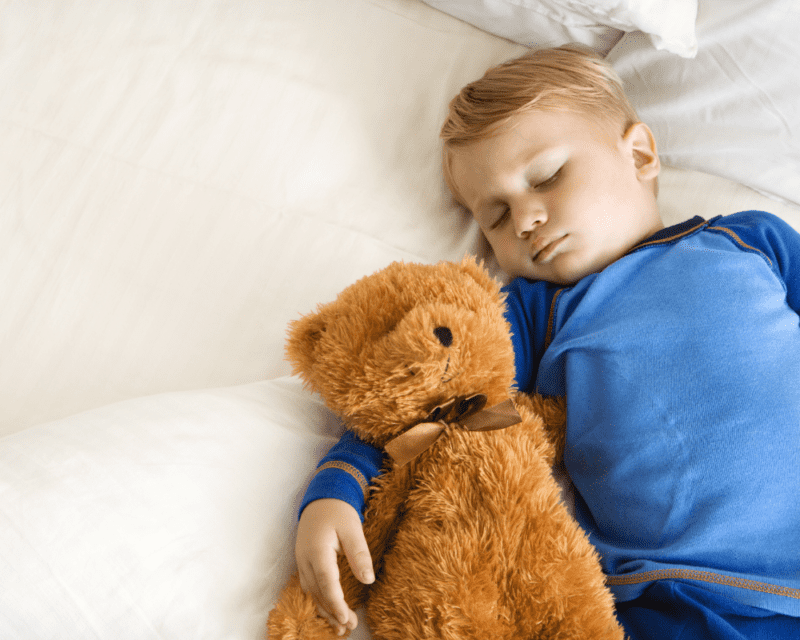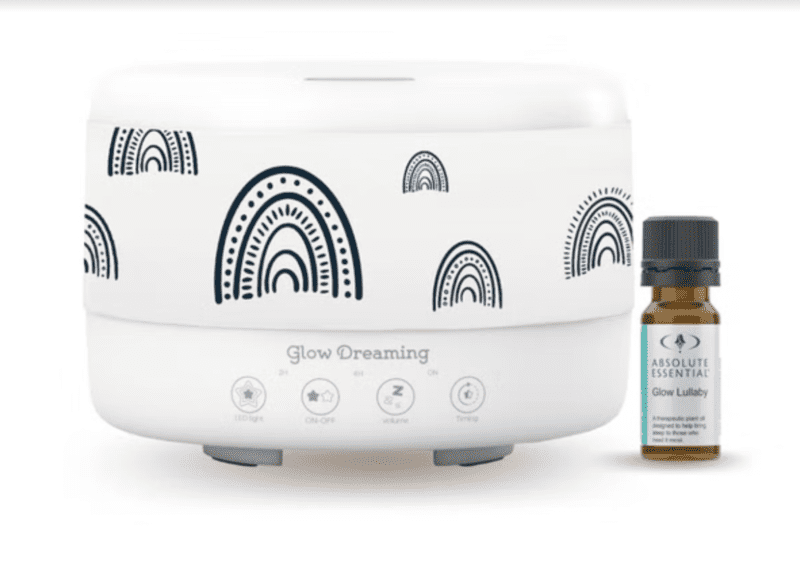You may have tried several other things to help your child get a better night’s sleep, but what is trending right now is coloured noise.
What is the difference between white, brown and pink noise?

Our environment contains a mixture of white, brown and pink noises and other coloured noises. These three types of coloured noise are typically used to reduce ambient noise and help sleep. What is the difference between white, brown and pink noise and what benefits do each offer for your child to get a better night’s sleep?
White Noise
A synthetic sound, including low, medium, and high-frequency sounds, such as the continuous hum of travelling by air, reduces the noise produced by sudden noises that disrupt sleep.
Brown Noise
Brown noise uses lower frequencies and is thought to be more damaging than pink noise. It resembles the roaring of a river or the wind gusts. Brown noises, like the rumble of a storm, are a great way for individuals to find concentration and relax.
Pink Noise
Pink noise has to calm lower frequencies and is less intense than other types of coloured noise. Pink noise is an option for those who find white noise annoying.
According to research, pink noise is considered the best option if you’re using sound as a sleep aid, as it relaxes and calms the mind, preparing it for short-lasting deep sleep, called Slow Wave Sleep. Pink noise resembles the sounds of nature, such as rainfall, the sea, a babbling brook or the wind, and is often considered more relaxing than other coloured noise.
In a 2012 study in the Theoretical Biology journal, researchers identified that continuous pink noise boosted the subjects’ alpha waves, leading to greater snooze opportunities.
A 2017 Frontiers in Human Neuroscience study even indicated a positive link between pink noise and deep sleep. Several studies on pink noise have shown that sleeping with it can improve our memories the next day, potentially even long-term, which is a bonus for your child’s learning.
How to use Pink Noise for your child’s sleep?

Researchers at Australia’s National Acoustic Lab’s new Glow Dreaming product have created an innovative product that has already achieved encyclopedic status among sleep solutions in Australia and in the United States.
A parent is likely to know all too well the stress caused by a child or baby that will not sleep, which can be very emotionally and physically draining for the whole family.
A new 5-in-1 sleep aid that appears to cure the symptoms of cluster insomnia in children has been hailed as a magical solution for exhausted parents. It is believed that just months after its introduction, the company has sold out more than 200,000 sleep aids in Australia and the world.
This five-in-one sleep aid was designed to have an effect that scientists had already proven with a broad range of other needs help sleep. It was created by a distressed parent who struggled to help their daughter sleep peacefully. The device includes light therapy, aromatherapy, pink noise, and a humidifier, which help kids relax, sleep fast, and get a good night’s sleep.

Sleep increases the dreaming skills of infants and young children. Glow Dreaming has the following methods.
NASA LED Sleep Light – NASA exposes astronauts to this specific red light therapy to help their bodies produce melatonin, the hormone responsible for indicating that it is time to sleep. Red spectrum light assists us in doing so.
This function also helps develop the circadian rhythm (internal sleep body clock) of children, helping them develop a positive attitude toward sleep. Conversely, the blue light emitted from phones and other digital devices has been shown to inhibit sleep.


